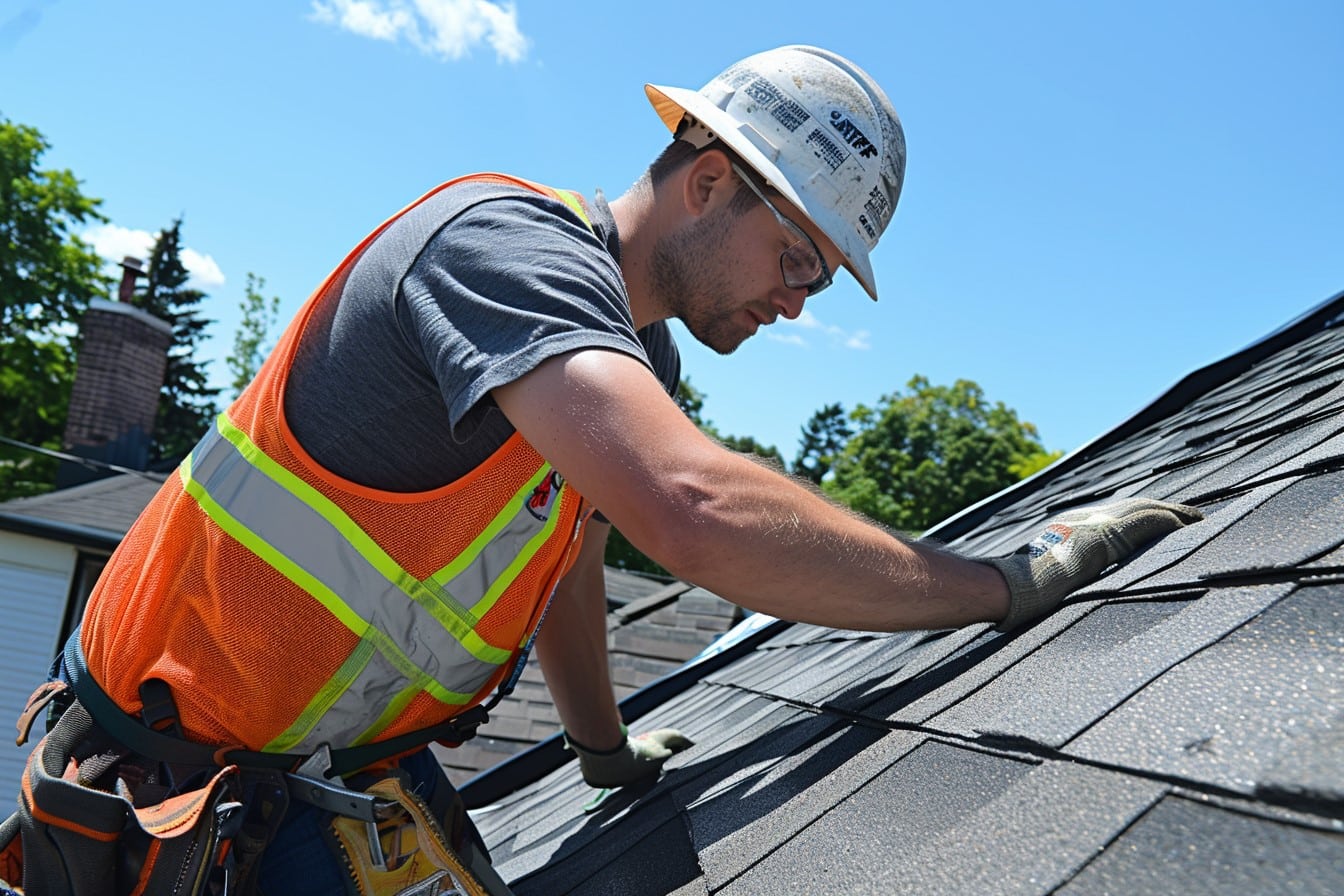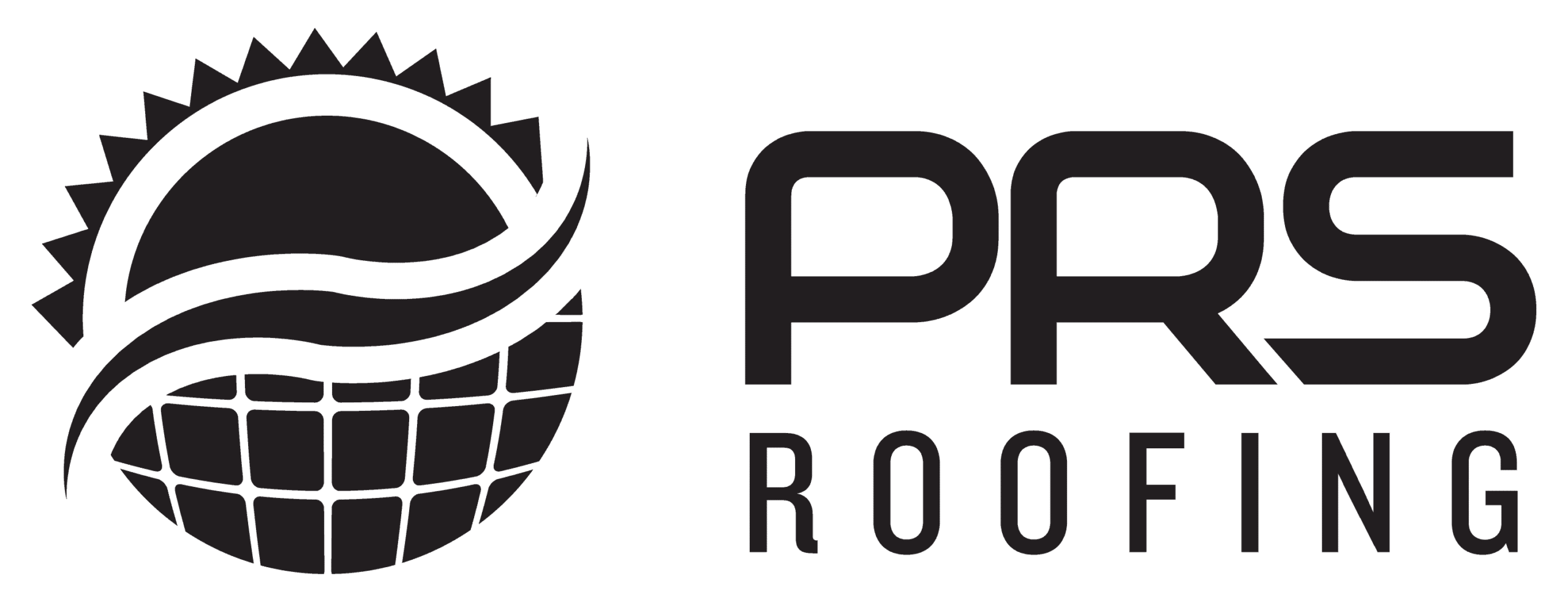Maintaining your roof is crucial to the integrity of your home, especially in Florida where the weather can be harsh and unpredictable. Whether you’re dealing with a minor leak or extensive damage, understanding the basics of roof repairs can save you time and money. This guide will help you navigate DIY roof repairs, ensuring your efforts are safe and effective.
1. Essential Tools and Materials for Roof Repairs
Before starting any roof repair, it’s important to have the right tools and materials. Here’s a list to get you started:
Tools:
- Hammer
- Roofing nails
- Utility knife
- Pry bar
- Roofing shovel
- Ladder
- Safety harness
Materials:
- Replacement shingles
- Roofing cement
- Waterproof sealant
- Roofing felt
- Metal flashing
Having these items on hand will ensure you can handle most basic repairs without unnecessary delays.
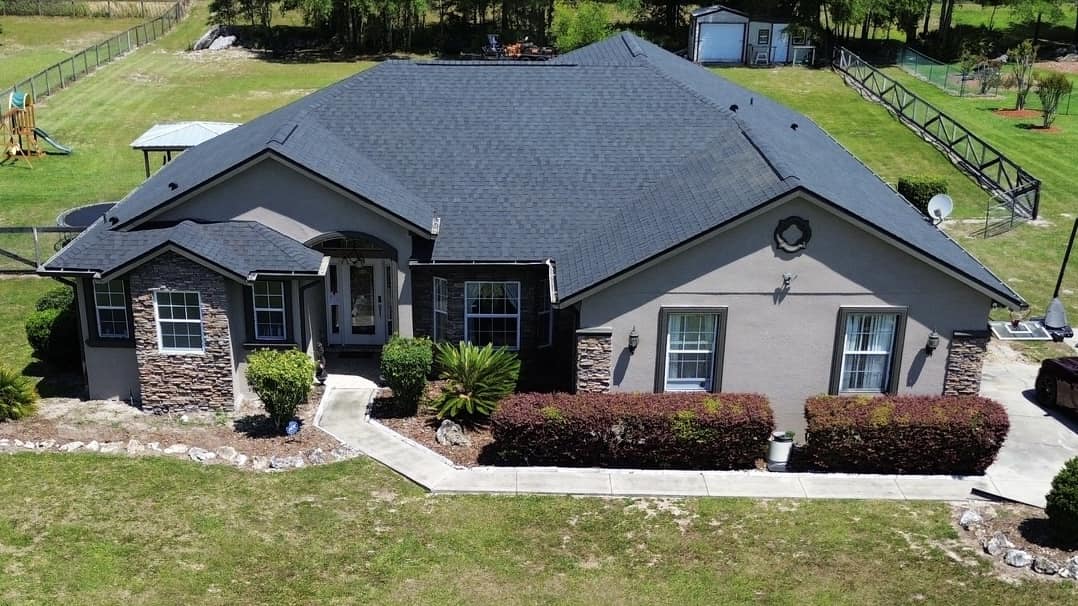
2. Assessing the Damage
The first step in any roof repair is to assess the damage. Here’s how you can do it:
- Visual Inspection: Check for visible signs of damage such as missing or broken shingles, cracks, and worn-out areas.
- Interior Check: Look for water stains on your ceilings and walls, which can indicate leaks.
- Detailed Examination: For a more thorough inspection, consider using binoculars to get a closer look at your roof without climbing up.
By assessing the damage accurately, you can determine the extent of the repairs needed and plan accordingly.
3. Common Roof Repairs and How to Perform Them
There are several common roof repairs that homeowners in Florida might encounter. Here are some of the most typical ones and how to address them:
a. Replacing Shingles
- Remove the Damaged Shingle: Carefully lift the edges of the surrounding shingles and remove nails with a pry bar.
- Install the New Shingle: Slide the new shingle into place and secure it with roofing nails.
- Seal the Edges: Apply roofing cement to the edges of the new shingle to ensure it stays in place.
b. Fixing Leaks
- Identify the Leak: Trace the leak to its source on the roof.
- Patch the Leak: Apply roofing cement to the affected area and cover it with a patch of roofing felt.
- Seal the Patch: Apply a layer of roofing cement over the patch to secure it.
c. Repairing Flashing
- Remove Old Flashing: Pry up the old flashing and clean the area.
- Install New Flashing: Cut the new flashing to fit and secure it with roofing nails.
- Seal the Edges: Use waterproof sealant to ensure the flashing is watertight.
By following these steps, you can effectively tackle common roof repairs and maintain the integrity of your home.
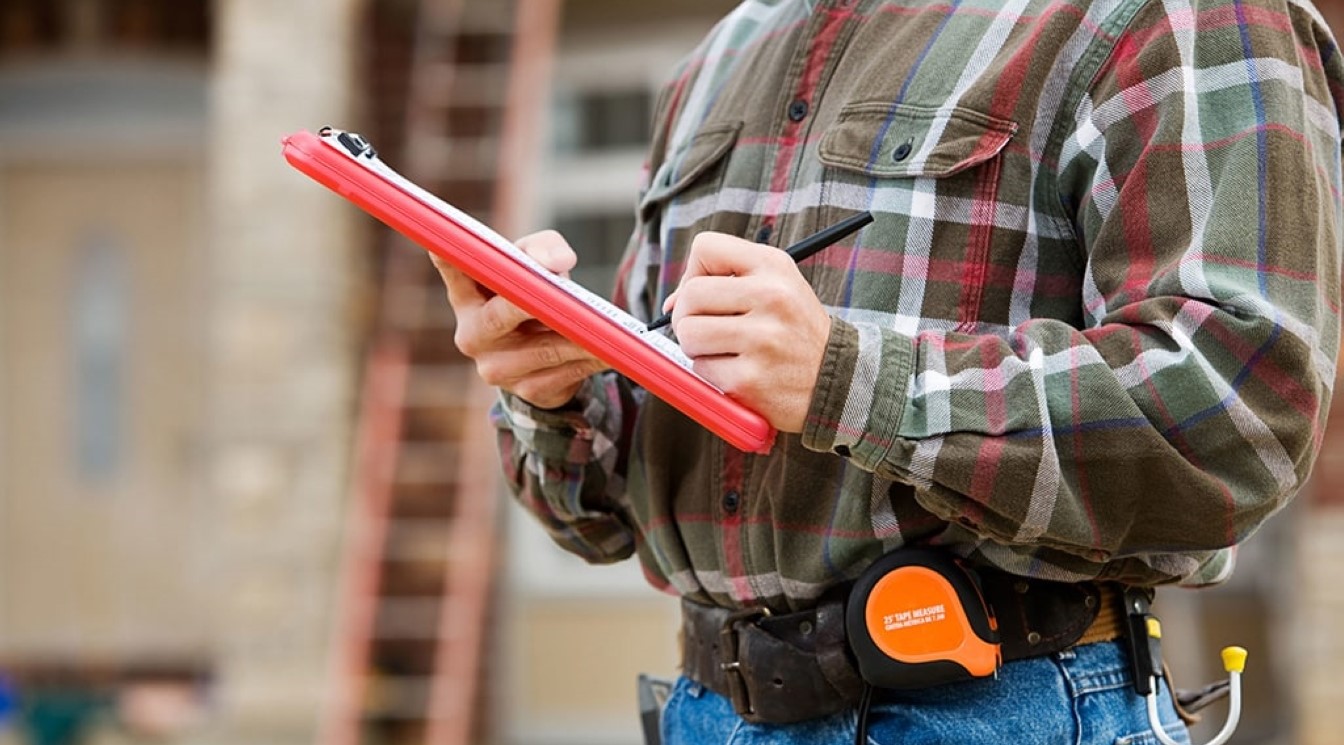
4. Safety Tips for DIY Roof Repairs
Safety should always be your top priority when performing roof repairs. Here are some essential safety tips:
- Use a Safety Harness: Always wear a safety harness when working on your roof to prevent falls.
- Check the Weather: Avoid working on the roof in wet or windy conditions.
- Use a Sturdy Ladder: Ensure your ladder is on a stable surface and properly secured.
- Work with a Partner: Having someone to assist you can make the job safer and easier.
By following these safety guidelines, you can minimize the risk of accidents and injuries.
5. When to Call a Professional
While DIY roof repairs can be cost-effective, there are situations where it’s best to call a professional. Consider professional help if:
- Extensive Damage: If the damage covers a large area or multiple layers of the roof.
- Structural Issues: If there are signs of structural damage such as sagging or rotting.
- Lack of Experience: If you’re not confident in your ability to safely and effectively perform the repairs.
Professional roofers have the expertise and equipment to handle complex repairs, ensuring your roof is repaired correctly and safely.
6. Preventive Maintenance Tips
Preventive maintenance can extend the life of your roof and prevent costly repairs. Here are some tips to keep your roof in top condition:
- Regular Inspections: Inspect your roof at least twice a year and after major storms.
- Clean Gutters: Keep your gutters clean to prevent water buildup and damage.
- Trim Trees: Trim any overhanging branches to prevent them from damaging your roof.
- Check Flashing: Regularly check and maintain the flashing around chimneys and vents.
By following these preventive measures, you can protect your roof and ensure it remains in good condition for years to come.
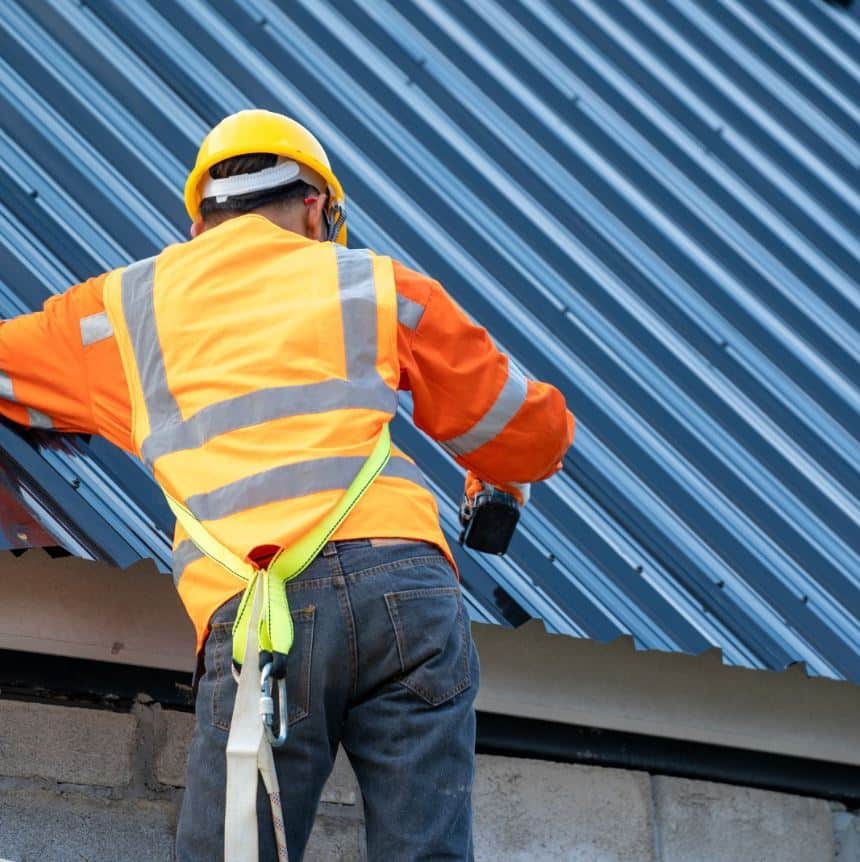
7. Environmental Considerations in Florida
Florida’s climate presents unique challenges for roof maintenance. Here are some environmental factors to consider:
- Heat and UV Exposure: Florida’s intense sun can cause roofing materials to deteriorate faster. Choose materials that are UV-resistant.
- Hurricanes and Storms: Ensure your roof is storm-proof by using high-quality materials and proper installation techniques.
- Humidity and Mold: Florida’s humidity can lead to mold growth. Regularly check for and address any signs of mold.
Taking these environmental factors into account can help you choose the right materials and methods for your roof repairs.
8. Cost Considerations
Understanding the costs involved in roof repairs can help you budget effectively. Here are some cost considerations:
- Material Costs: The cost of materials can vary based on quality and type.
- Labor Costs: If hiring a professional, labor costs will be a significant part of the overall expense.
- Permits and Inspections: Some repairs may require permits and inspections, adding to the cost.
By planning and budgeting carefully, you can manage the costs of your roof repairs effectively.
Conclusion: Your Roof, Your Responsibility
Maintaining your roof is crucial for protecting your home and ensuring its longevity. By understanding the basics of roof repairs, using the right tools and materials, and following safety guidelines, you can effectively handle many common roof issues. However, don’t hesitate to call a professional when needed. Regular preventive maintenance and consideration of Florida’s unique environmental challenges will help keep your roof in excellent condition.
FAQs
Q1: How often should I inspect my roof?
- It’s recommended to inspect your roof at least twice a year and after major storms.
Q2: What are the signs that my roof needs repairs?
- Common signs include missing or broken shingles, water stains on ceilings, and visible leaks.
Q3: Can I repair my roof myself?
- Yes, many minor repairs can be done DIY, but for extensive damage or structural issues, it’s best to call a professional.
Q4: What materials are best for Florida roofs?
- Materials that are UV-resistant and can withstand high winds, such as metal and tile, are ideal for Florida roofs.
Q5: How can I prevent roof damage?
- Regular inspections, cleaning gutters, trimming trees, and checking flashing can help prevent roof damage.
With these insights and tips, you are well-equipped to handle roof repairs and maintenance, ensuring your home remains safe and secure.
